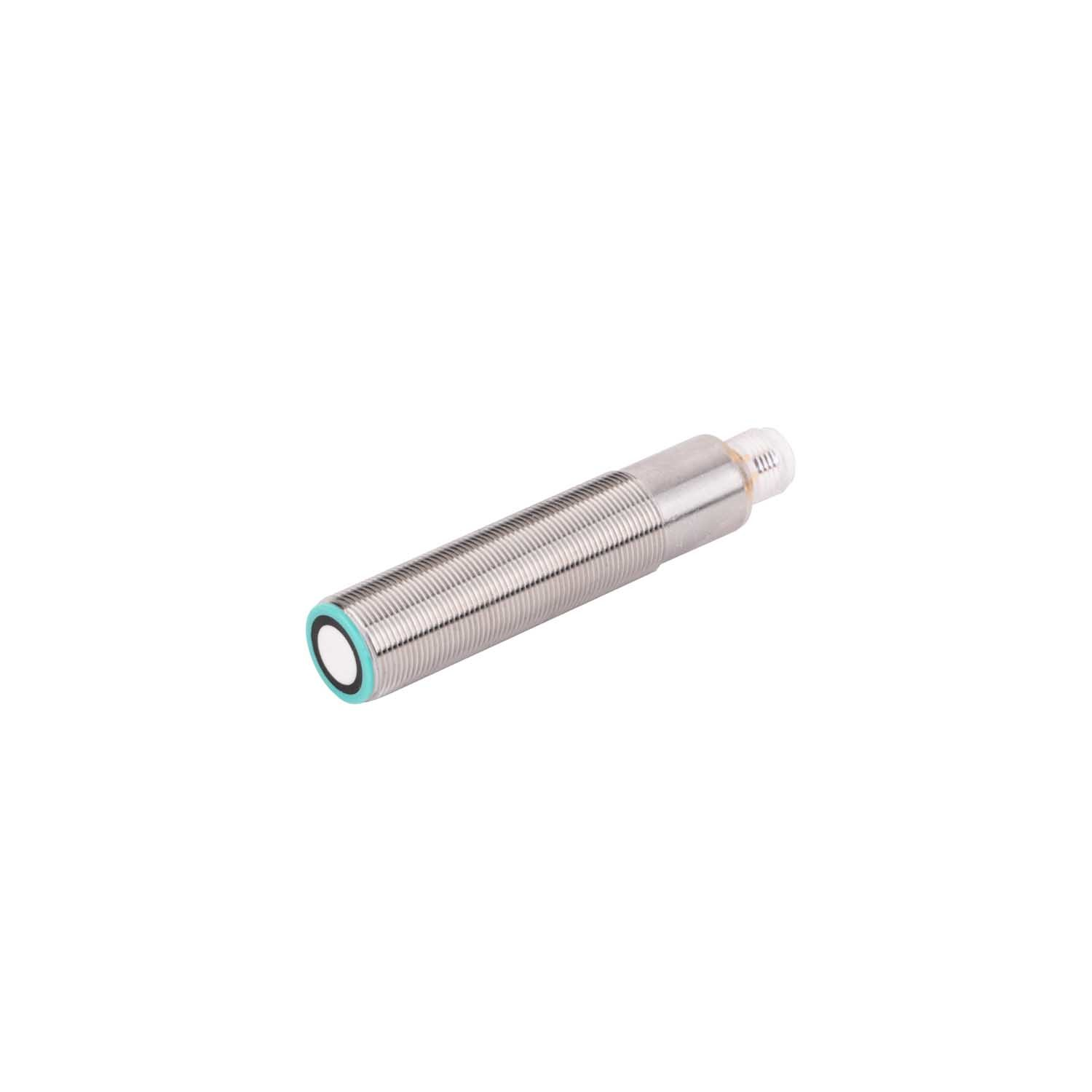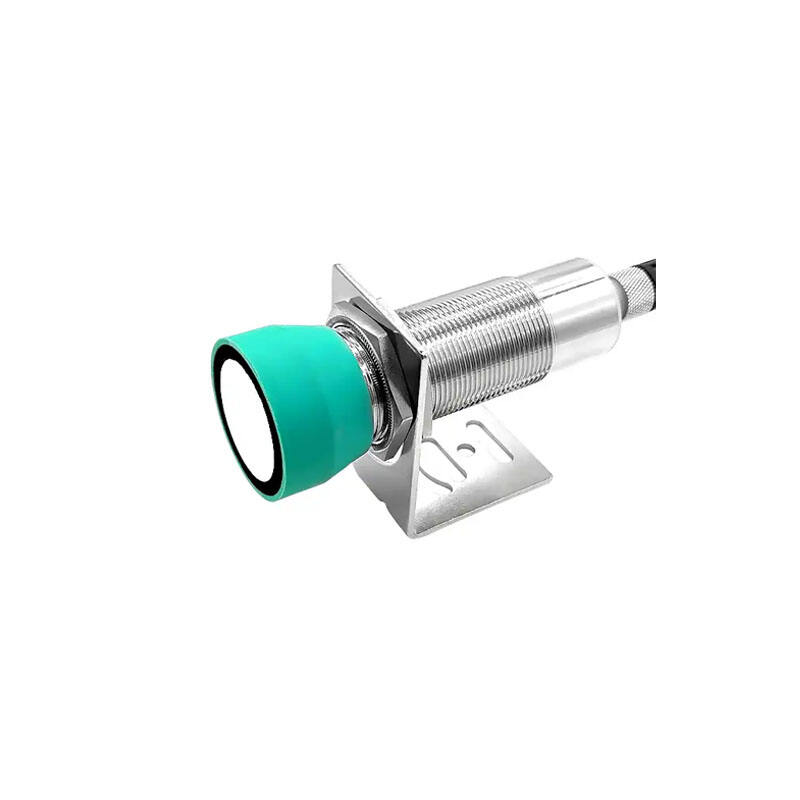photoelectric control
Photoelectric control represents a sophisticated automation technology that uses light sensors to manage various electrical systems and equipment. This innovative control system operates by detecting changes in light intensity to automatically activate or deactivate connected devices. At its core, a photoelectric control consists of a photocell sensor, control circuitry, and switching mechanism. The photocell responds to ambient light levels, converting light energy into electrical signals that the control circuit processes to determine appropriate actions. These systems are engineered to provide reliable operation in diverse environmental conditions, featuring weather-resistant housings and precise calibration capabilities. Modern photoelectric controls often incorporate adjustable sensitivity settings, time delays, and fail-safe mechanisms to ensure optimal performance. They can be integrated with various electrical systems, including outdoor lighting, security systems, and industrial automation equipment. The technology finds extensive applications in street lighting, parking lot illumination, building security, and energy management systems. Advanced models offer digital programming options, remote monitoring capabilities, and compatibility with smart building management systems. The durability and longevity of these devices are enhanced through protective features such as surge protection, temperature compensation, and moisture-resistant sealing.









